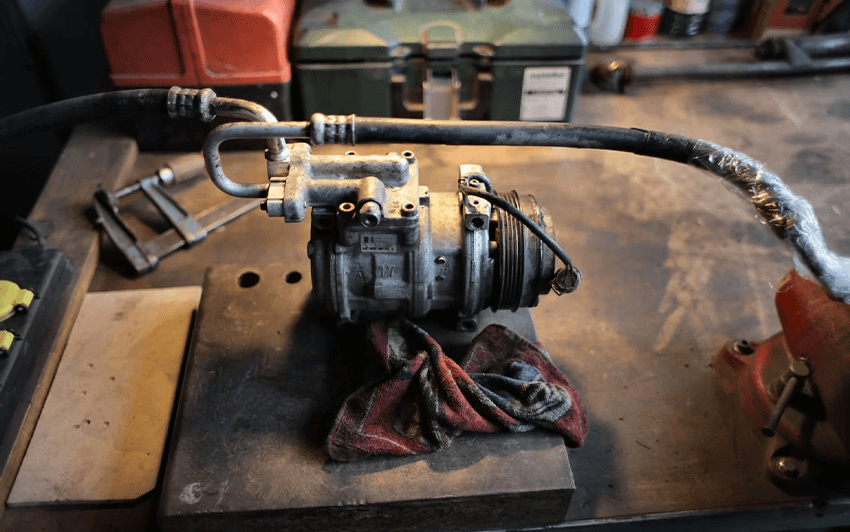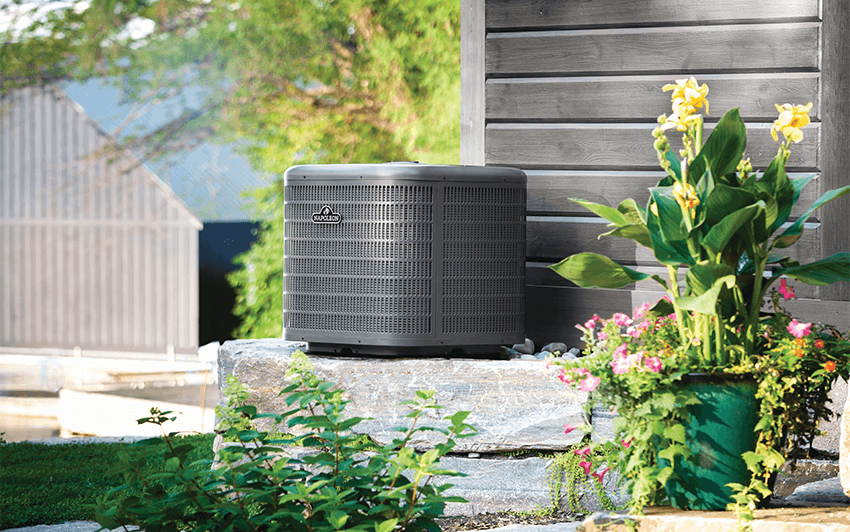
HVAC Troubleshooting Tips for Common Problems
Our air conditioning and heating system is one of those things we have at home we often take for granted—until it stops working. Only then do we notice it’s been silently running in the background to maintain good indoor air quality and keep us comfortable.
If you haven’t been keeping up with your HVAC maintenance, then a lot of things could go wrong at any time. Knowing the most common issues and how to troubleshoot HVAC systems can help you diagnose where the problem might be coming from.
5 Common HVAC Problems and How to Troubleshoot Them
The changing climate makes a lot of Canadians rely on their HVAC systems more and more for comfort. That’s why it could be distressing when it fails.
Below are some of the most common problems with HVAC and what you can do to troubleshoot the issue.
Air Conditioning Doesn't Turn On
Is your unit completely not running? There are several reasons why it doesn’t have any power at all: a tripped circuit breaker or blown fuse, power supply cord, outlet issue, or a faulty compressor.
What to do:
Tripped circuit breakers: Take a look at your fuse box or central main service panel for any blown fuse or tripped breaker. Reset when necessary.
If you don’t see any problem, don’t attempt to fix it. Electrical problems must be left to professionals to avoid a nasty shock or house fire.
Power supply cord: Check if the cord is loose or disconnected. Fraying or damage to the cord might be the culprit.
Faulty compressor: This is a matter for professionals to assess. Feel free to have a look, and if there is anything visible that could indicate a problem, relay that to a pro, however, a homeowner should not ever dismantle any HVAC components to look for problems.
Air Conditioner Isn't Blowing Cold Air
If your AC has become more like a heater than an air conditioner, the problem is probably in the settings, filter, or refrigerant.
What to do:
Settings: If you have a programmable thermostat, check the settings. It could’ve been accidentally set to heat or auto mode. It means your AC is running but not cooling the air. Also, try lowering the thermostat by five degrees and see if the air cools.
Filter: If you’re not changing your filter every month or two, the dirt could be what’s causing the problem. Inspect filters, coils, and the outside part of the unit for trapped dirt or weeds that could potentially be preventing your AC from working properly.
Refrigerant: Air conditioners use refrigerant as part of the process to cool your home. When your air conditioner isn’t blowing cold air, it could be low on refrigerant or leaking. Another indication that you are low on refrigerant is if the unit is freezing or unable to keep up with demand. Contact a professional if this is the case. They will assess the situation and add refrigerant to your system and/or fix the leak.
Weak Airflow
Weak airflow is a common problem that affects both air conditioners and furnaces. It’s usually caused by clogged air filters, which can be replaced or fixed with a bit of cleaning. But it could also be because of problems with internal components like evaporator coils or compressors.
What to do:
Evaporator coils: To check if your evaporator coil is damaged, turn on your AC and listen for hissing and banging noises. Frost on your unit is also a visual sign that there may be a problem with your evaporator coils.
Compressors: Turn your thermostat as low as it can go. There’s a problem with the compressor if the AC doesn’t start or if the fan runs but not the compressor.
AC is Constantly Turning On and Off
Also called short-cycling, this common HVAC issue is typically caused by clogged air filters and condensation pans. It could also be because of an oversized unit.
What to do:
Oversized unit: If your AC is too big for your home, the temperature will cool quickly but won’t be able to reduce the humidity. This will cause the unit to short-cycle. You would know your AC is short-cycling if it keeps turning on and off more than two to three times per hour.
Inconsistent Temperatures
If there’s an imbalanced temperature in your home, it could mean any of the following: your unit is too small, your home has poor insulation, or the unit duct is leaking.
What to do:
Unit is too small: Aside from inconsistent temperatures, you can check if your unit is too small by turning it on and waiting to see if it stops running. If it does not shut off, it might be too small for your home and will need to be replaced. An undersized unit will also result in high electricity bills.
Poor insulation: Check for holes or chewed areas in your attic. Also, look for gaps in your windows and doors. No matter how great your HVAC system is, poor insulation will let your air conditioner’s work go to waste because the conditioned air is lost outside.
Duct leaks: Leaks indicate that the seal at a duct joint may have come loose. It is easy to repair with duct tape, aluminum tape, and mastic. Professional HVAC mechanics will be able to help with this. Here are some tips that may indicate your ducts are leaking:
-
If your attic, garage, or crawl space is abnormally hot or cold
-
If there is a significant spike in your utility bill heating/cooling costs compared to previous months
-
If the insulation wrapped around your ducts are stained
-
If some vents are working well and others are not pushing out any air at all when your heat/AC is turned on
When to Replace Your HVAC System
Some units can be fixed with proper maintenance and parts replacement, making them last upwards of 20+ years. That’s when knowing HVAC troubleshooting comes in handy.
Here at Napoleon, our furnace and air conditioning units are built with innovative engineering and technology that surpasses industry standards. We deliver cooling and heating solutions you can rely on that’s why all our products are backed by an excellent warranty.

